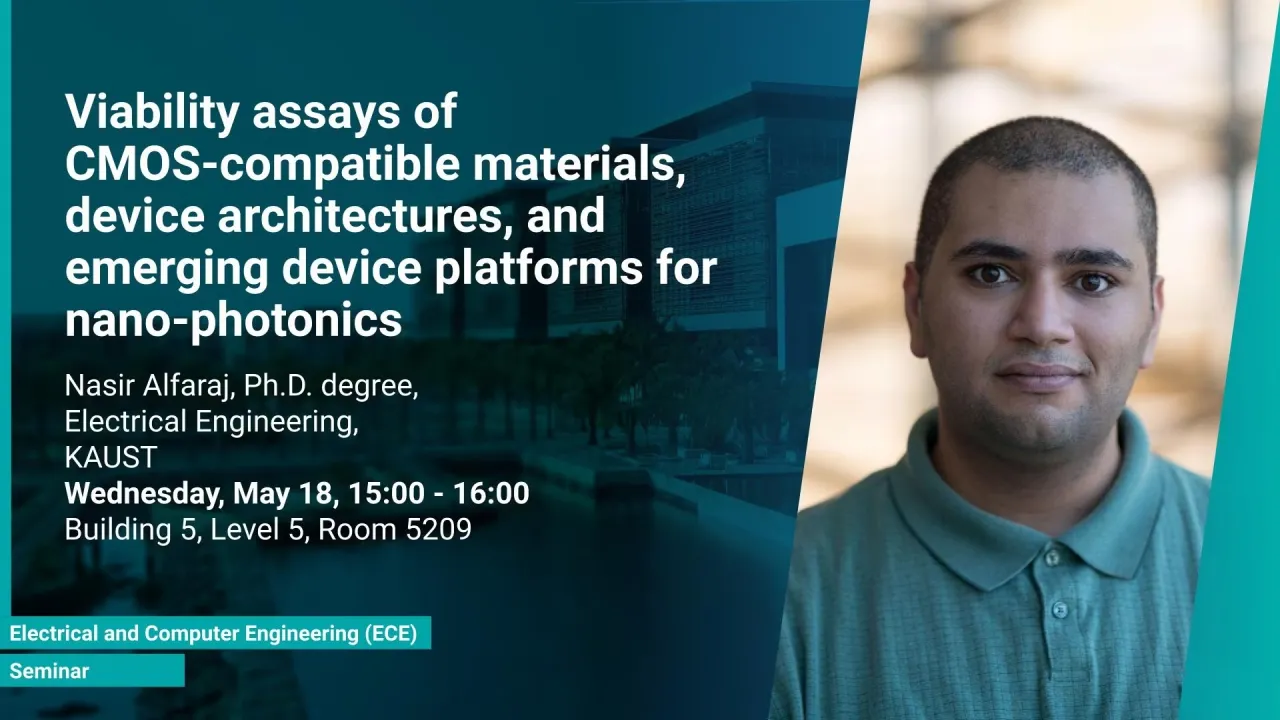
Viability assays of CMOS-compatible materials, device architectures, and emerging device platforms for nano-photonics
My research at the University of Toronto involves designing and fabricating CMOS-compatible nano-plasmonic waveguide structures and devices for on-chip communication. By taking advantage of the absence of diffraction limits, strong modal confinement is made possible using plasmonic device architectures, laying the foundations for improved optical processes and photonic circuit integration. All-oxide structures have emerged as promising plasmonic materials that can serve as relatively low carrier density Drude metals and dielectric spacers by their electro-optic tunability and versatility. I demonstrated the facile integration of all-oxide heterointerfaces into metal–insulator–semiconductor (MIS) electro-optic structures. From there, I fabricated MIS devices that incorporated semiconductive oxide layers with oxide dielectric spacers on silicon-on-insulator (SOI) platforms, constituting graded-index coupled hybrid plasmonic waveguide (CHPW) optical modulators.
Overview
Abstract
My research at the University of Toronto involves designing and fabricating CMOS-compatible nano-plasmonic waveguide structures and devices for on-chip communication. By taking advantage of the absence of diffraction limits, strong modal confinement is made possible using plasmonic device architectures, laying the foundations for improved optical processes and photonic circuit integration. All-oxide structures have emerged as promising plasmonic materials that can serve as relatively low carrier density Drude metals and dielectric spacers by their electro-optic tunability and versatility. I demonstrated the facile integration of all-oxide heterointerfaces into metal–insulator–semiconductor (MIS) electro-optic structures. From there, I fabricated MIS devices that incorporated semiconductive oxide layers with oxide dielectric spacers on silicon-on-insulator (SOI) platforms, constituting graded-index coupled hybrid plasmonic waveguide (CHPW) optical modulators.
Brief Biography
Dr. Nasir Alfaraj joined The Edward S. Rogers Sr. Department of Electrical & Computer Engineering of the University of Toronto as an Ibn Rushd Postdoctoral Fellow with a Ph.D. in electrical engineering from the King Abdullah University of Science and Technology (KAUST, 2019). He received his BSc (2013) and MSc (2015) degrees from Western Michigan University, Kalamazoo, MI, United States, and KAUST, respectively, in electrical engineering. Dr. Alfaraj is a member of the Helmy Group at the University of Toronto; his research interests include the growth, fabrication, and characterization of CMOS-compatible semiconductor nanostructures and devices for nano-photonic devices/circuits using hybrid metallic architectures, as well as the synthesis and characterization complex functional oxides for applications in CMOS power electronics and DUV optoelectronics. He has authored, co-authored, and delivered more than 40 journal articles, invited talks, and conference articles.
